THE PS6 MIGHT BE TOO EXPENSIVE: The Upgrade Likely Won’t Be Worth It
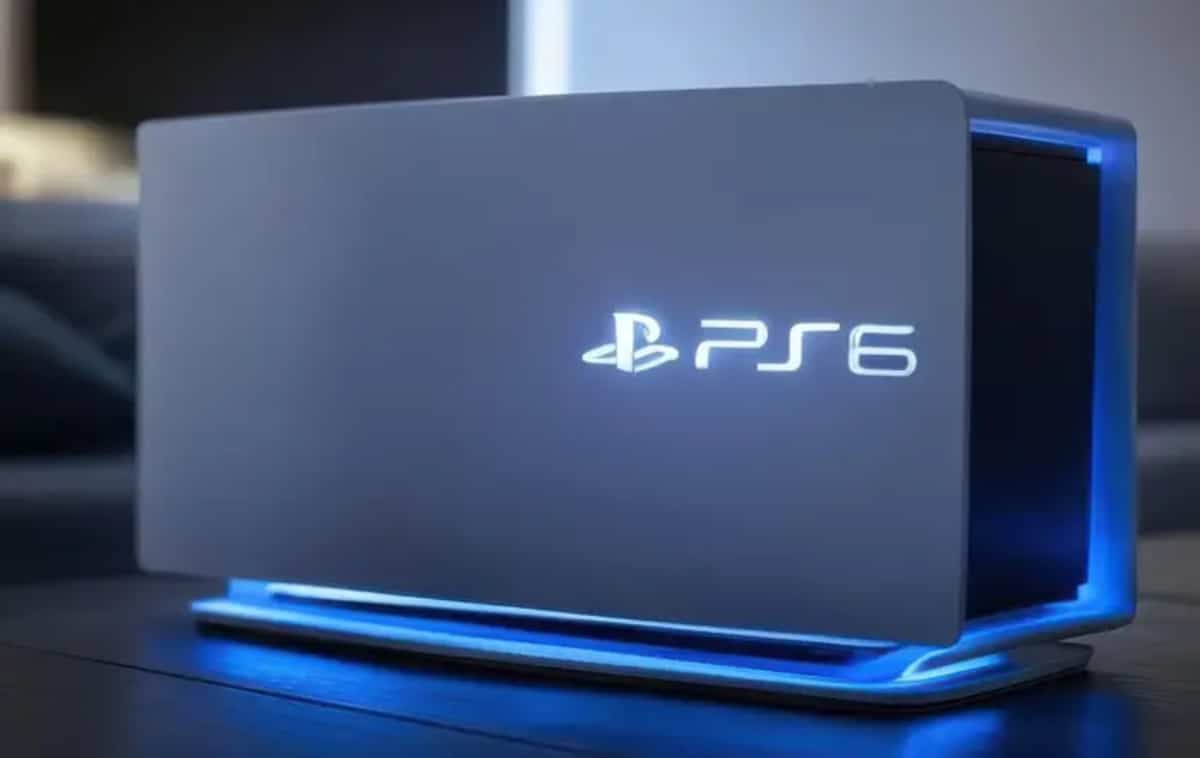
Why the PS6 Could Be Overpriced and Underwhelming: Is the Upgrade Really Worth It?
With the PS5 Pro retailing at $699.99 — and that’s without the additional $79.99 disc drive — gamers are already shelling out close to $780 or even $800 if they include the optional stand. That’s a major investment for what many consider only a marginal upgrade. Now, with looming tariffs under President Trump potentially increasing hardware costs even further, we could see price hikes similar to the $100 jump seen with the Xbox Series X.
Personally, I never planned to buy a PS5 Pro. Kudos to those who did, but spending hundreds more for minor performance gains — a few extra frames and slightly better resolution — just doesn’t make sense. And honestly, the PS5 Pro isn’t the real concern. What’s alarming is what this pricing trend means for the next console generation: the PS6.
Will the PS6 Break the $1,000 Barrier?
Given Sony’s pricing history, the PS6 could easily outprice its predecessors. The PS4 Pro launched at $399.99, while the PS5 debuted at $499.99. If Sony follows a similar path — or mimics Microsoft’s strategy — we could be looking at a PS5 Pro priced at $799.99, and potentially $900 with all accessories. That sets the stage for the PS6 to debut at $1,000, or at best, a $900 digital-only version.
Are Next-Gen Upgrades Still Worth It?
There was a time when new consoles brought massive, game-changing innovations. The original PlayStation revolutionized gaming in 1997 with dual analog sticks, and the Dreamcast’s online play in 1998 laid the groundwork for PSN and Xbox Live. From the PS1 to PS2, we saw enormous jumps in graphics and gameplay, moving from low-res polygons to richly detailed environments.
But those jaw-dropping leaps seem to be a thing of the past. By the PS4 era, graphical fidelity had plateaued. Titles like Red Dead Redemption 2 and The Last of Us Part II still hold up visually today, and backwards compatibility blurs the line between generations. Yes, real-time lighting and ray tracing exist, but they’re nowhere near as groundbreaking as the transition to 3D once was.
Soaring Prices, Shrinking Innovation
While technological leaps have stagnated, console and game prices continue to rise. People often reference the PS3’s $930 price (adjusted for inflation), but that comparison overlooks key factors: stagnant wages, increased rent and food costs, and the lasting impact of the pandemic and global economic crisis. Add in tariffs, and gaming becomes an increasingly unaffordable luxury.
And let’s not forget: Sony will likely support the PS5 for years, as most future titles will be cross-gen and optimized for last-gen hardware. The few exclusives that do justify the upgrade will be rare, and with major releases like Mario Kart World or GTA 6 potentially costing $80, they’ll be even easier to skip. Most of us already have massive backlogs that deserve attention.
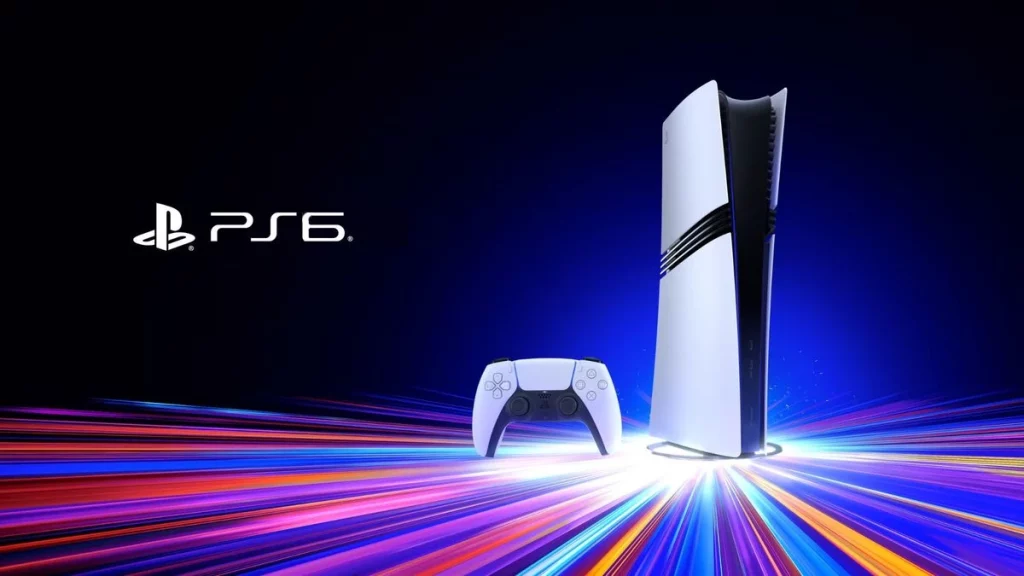
Final Thoughts: Holding Off Might Be the Smart Move
A $1,000 next-gen console, with minimal visual upgrades and increasingly expensive games, simply isn’t worth it for many players. What used to be an exciting leap into the future of gaming now feels like a recycled business model — one filled with sequels, remasters, and inflated prices.
So, while the PS6 may boast impressive specs, unless it brings truly transformative changes, sticking with the PS5 (or even older consoles) might be the smarter choice.

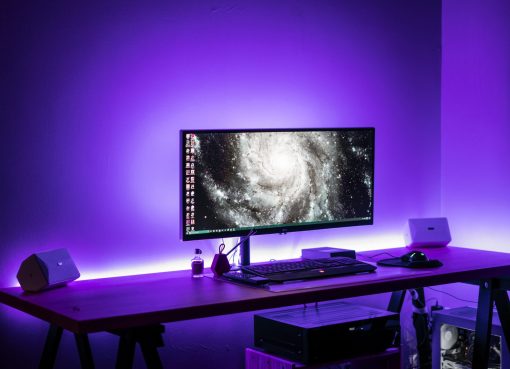
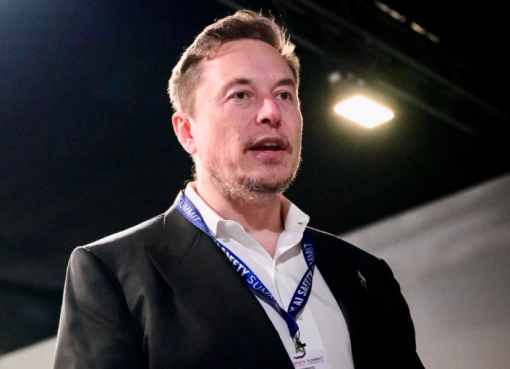
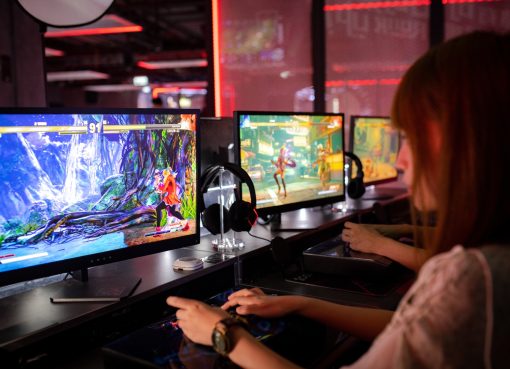
Leave a Comment